In Brady v. Maryland, the U.S. Supreme Court held that the prosecution has a constitutional duty to disclose evidence favorable to the defendant’s guilt or punishment upon request. The Court’s subsequent expansion of its holding in Brady has formed the “Brady rule,” which requires the prosecution to learn of and to disclose to the defendant all material exculpatory and impeachment information. The Court defined “material” as information that would cause a reasonable probability of a different trial outcome had it been disclosed.
Currently, a circuit court split exists regarding whether evidence is material for purposes of the Brady rule if it is inadmissible at trial. This split of authority reflects longstanding tension underlying the Brady doctrine but was incited by the Court’s ambiguous holding in Wood v. Bartholomew. The conflict has substantial repercussions in practice because the U.S. Department of Justice directs federal prosecutors to follow their offices’ local disclosure precedent. Because disclosure precedent may vary by office, prosecutors’ understanding of their constitutional disclosure duty may be inconsistent. This could lead to the alarming result of disparate defendant treatment based solely on the jurisdiction where the defendant is charged.
This Note examines the conflict and analyzes the prosecutor’s role, concluding that the Supreme Court should resolve the conflict by ruling that inadmissible evidence may nonetheless be material if its disclosure would yield admissible evidence. This Note ultimately argues, however, that enduring Brady disclosure reform must be affected from within the prosecutor’s office.

